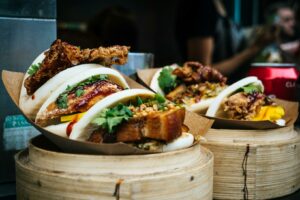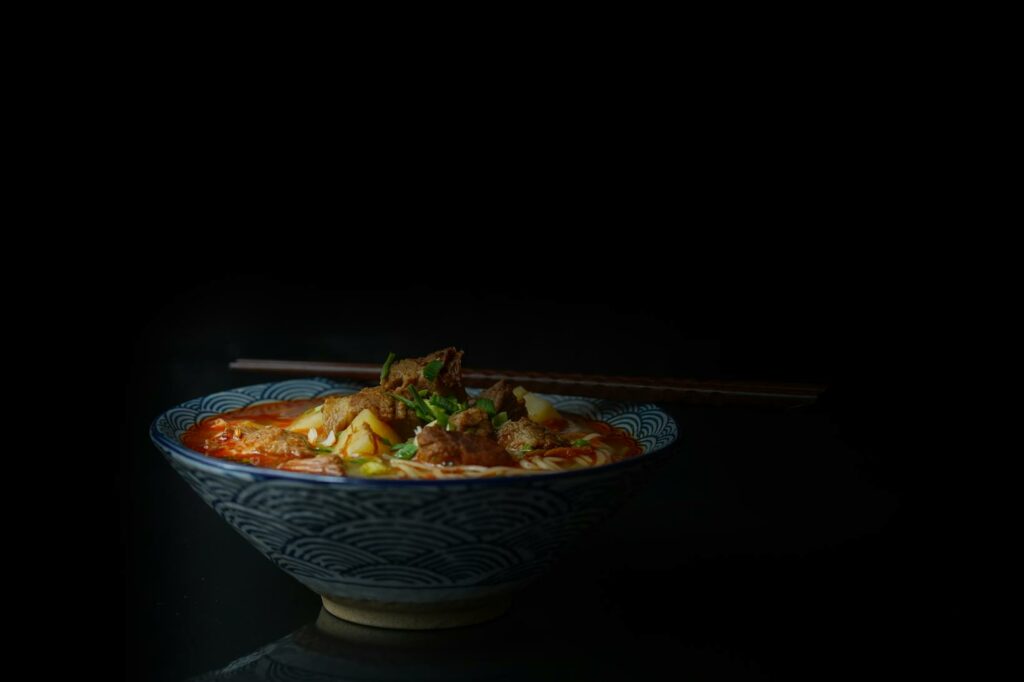Asia’s food culture is as diverse and vibrant as the continent itself. It’s a tantalizing tapestry of flavors, textures, and culinary traditions that have evolved over centuries. From the spicy curries of India, the fresh sushi of Japan, to the street food culture of Thailand, Asia’s food landscape is a gastronomic adventure waiting to be explored.
This article will take you on a journey through Asia’s rich food culture, highlighting the unique culinary traditions, influences, and practices that make it so distinctive. Whether you’re a seasoned foodie or just curious about Asian cuisine, get ready to embark on a mouthwatering exploration of this continent’s remarkable food culture.
Asia Food Culture
Promising a culinary journey, Asia’s food culture unfolds as a colorful tapestry of exotic flavors, techniques, and traditions. Year upon year, century after century, the continent’s gastronomic landscape has evolved, capturing the essence of various regions and their unique ways of blending ingredients, spices, and methods.
 Distinctive culinary practices set apart each region, leading to an array of dishes that represent not just a taste, but a cultural heritage. For instance, India stirs up dishes renowned for their intricate use of spices, yielding experiences rife with both heat and depth of flavor.
Distinctive culinary practices set apart each region, leading to an array of dishes that represent not just a taste, but a cultural heritage. For instance, India stirs up dishes renowned for their intricate use of spices, yielding experiences rife with both heat and depth of flavor.
Meanwhile, Japan’s meticulous food culture celebrates subtlety and freshness, exemplified by its most universally recognized dish, sushi. Fresh seafood, presented in an almost-artistic fashion, creates a dining experience steeped in tradition and respect for ingredients.
In contrast, Thailand’s street food casts a spotlight on the quick, versatile, and vibrant aspects of Asian cuisine. With flavor profiles that balance sweet, sour, salty, and spicy elements, it’s a continuous exploration of gastronomic delights. Each bite speaks volumes about the country’s culinary history, thrilling food lovers in every corner of the globe.
In China, culinary practices revolve around balance and harmony, mirroring the central philosophy of yin and yang. Dishes often present a contrast in textures and flavors, each meticulously planned and prepared to manifest this balance in a dining context. An example seen widely is the pairing of crunchy stir-fried vegetables with soft, fragrant steamed rice.
The Individuality and Variety
This section investigates the individuality and variety inherent in Asia’s food culture. It presents a communal tapestry of flavors and ingredients, techniques and presentation that characterizes the continent’s cuisine.
Flavors and Ingredients
Variety characterizes Asian cuisine, including a multitude of flavors and ingredients. Different regions adopt distinct spice profiles. For example, Southeast Asian cuisines often focus on a balance of sour, sweet, salty, and spicy flavors. They incorporate a mix of herbs like lemongrass, galangal, lime leaves, and a plethora of chilies. Central Asian cuisine, in contrast, leans toward hearty, meat-centric dishes, using ingredients such as mutton, beef, horse meat, and dairy products.
Asian cuisine also showcases an array of indigenous ingredients. Take Japan’s wasabi, a pungent root used as a condiment, China’s cherished Baijiu, a strong liquor made from grain, or India’s beloved basmati rice. These ingredients give each region its culinary identity, making Asian cuisine as varied as the continent itself.
Techniques and Presentation
Asian food culture values not only the taste of food but also the aesthetics of presentation and the precision of cooking techniques. For instance, the Japanese practice of Kaiseki integrates an artful display and balance of color, texture, and presentation. It requires meticulous preparation and the skillful use of cooking techniques, from sous vide to tempura frying. Similarly, Chinese cuisine underscores the importance of “Wok hei,” which translates to “the breath of the wok,” implying that food obtains a particular flavor from the smoking-hot oil in a well-seasoned wok.
The art of balance extends to the table setting as well. In Korean dining, for instance, meals typically include a rainbow of banchan—small side dishes served along with steam-cooked short-grain rice. With a captivating mix of color, texture, taste, and aroma, Asian cuisine impresses upon its consumers not just a meal, but an experience. It’s this attention to detail, combined with diverse flavors and ingredients, that truly sets Asia’s food culture apart.
Asia’s food culture is a rich tapestry woven with diverse traditions, iconic dishes, and unique practices. It’s not just about the food but also the shared experiences and unity it brings across cultures. From street food markets to high-end restaurants, Asia’s food culture continues to shape global culinary landscapes, offering a feast for the senses and a boost for health.



